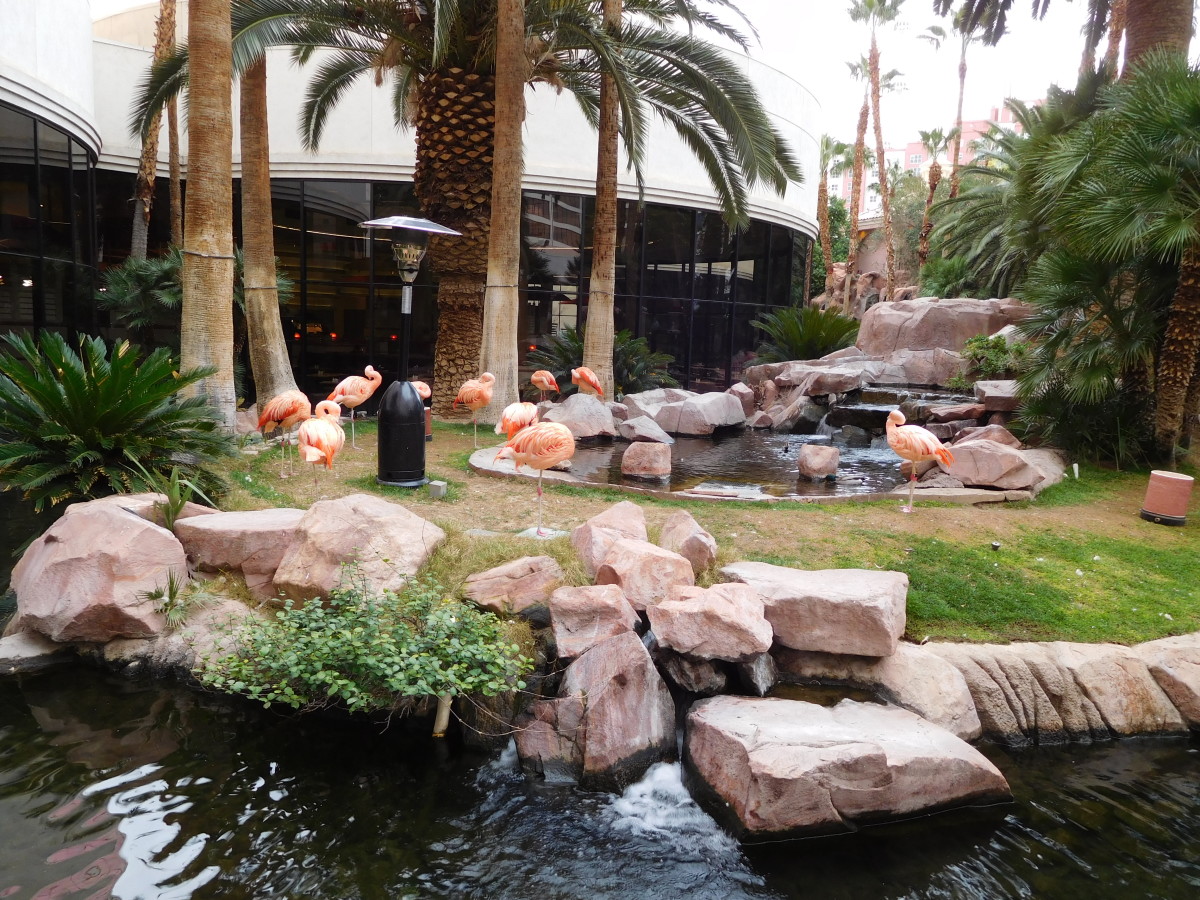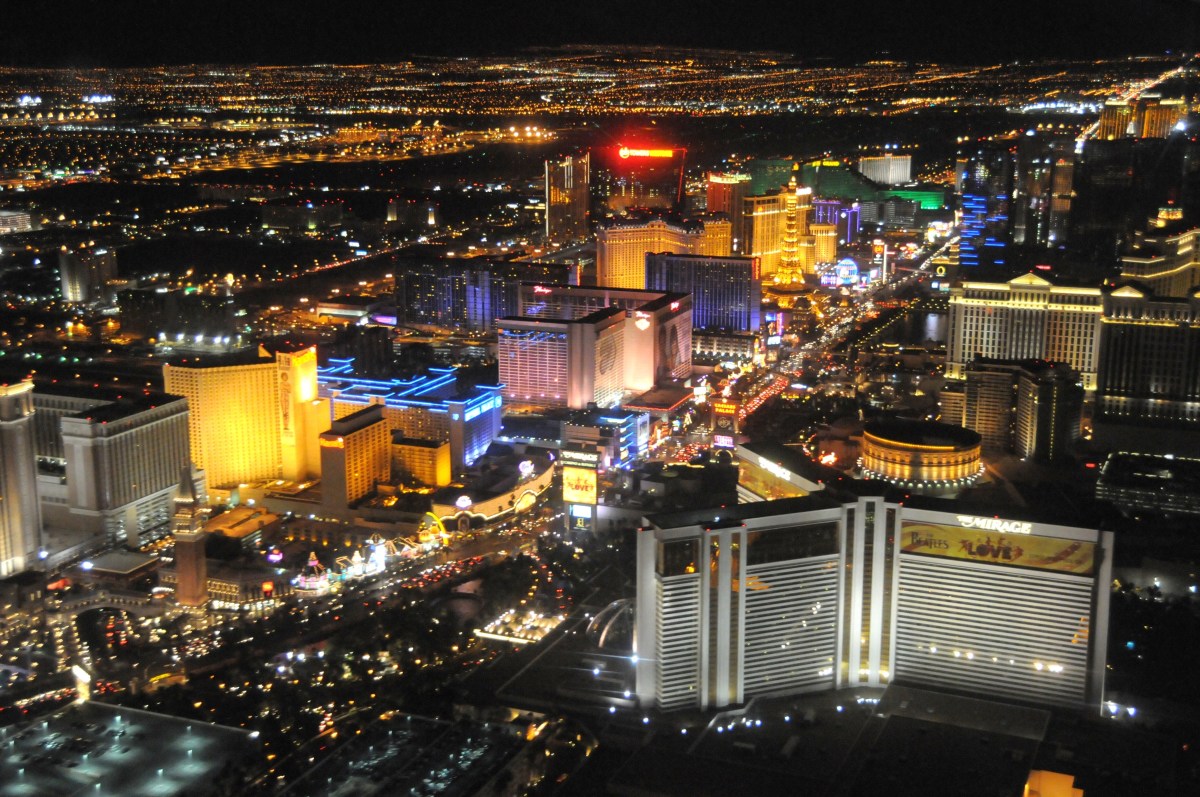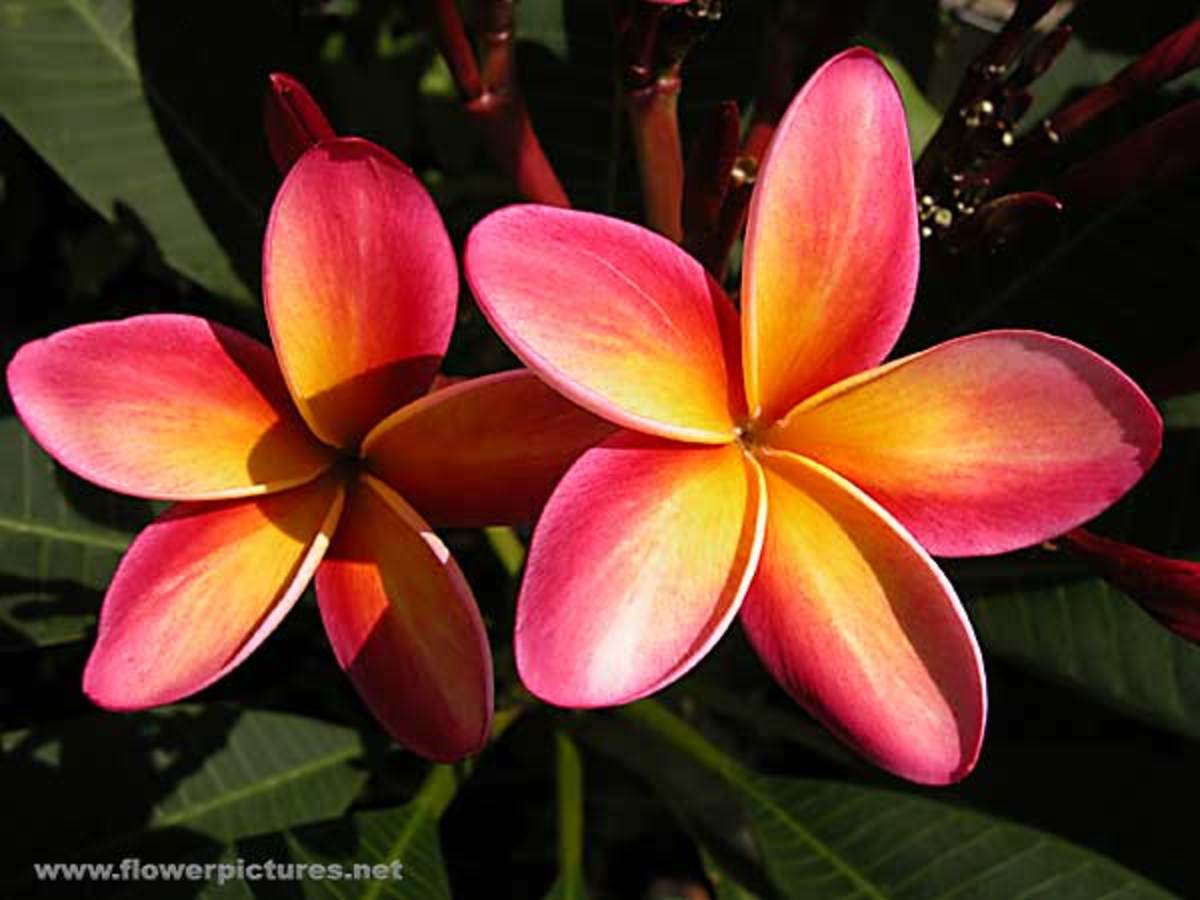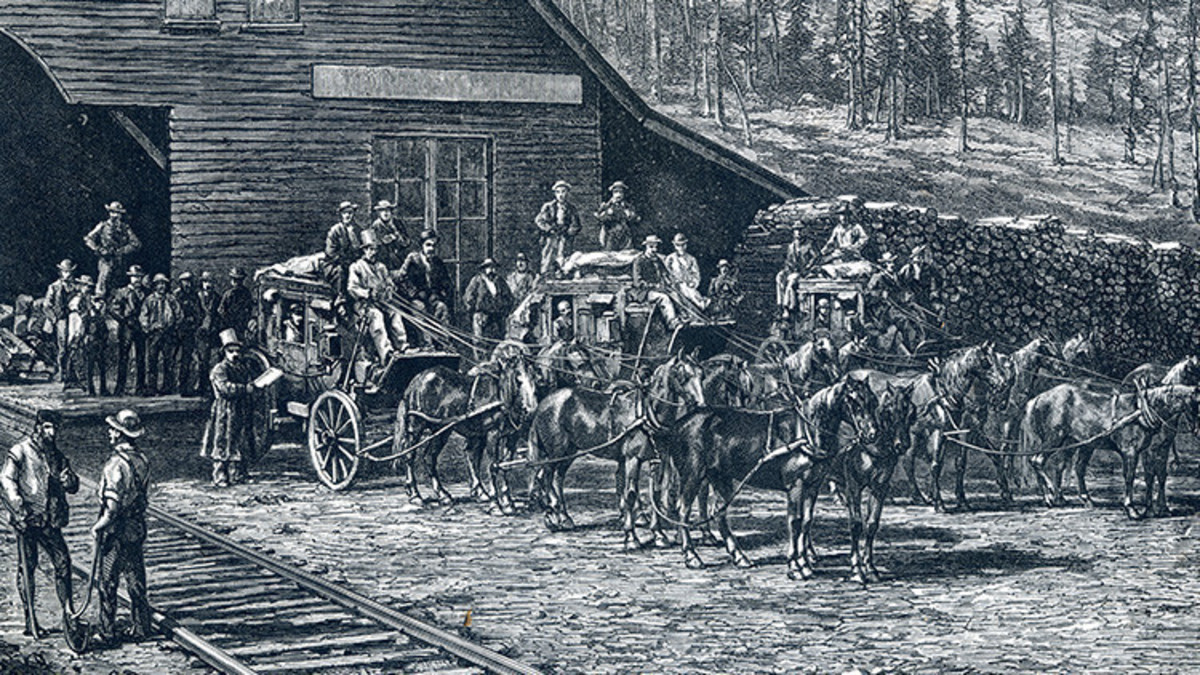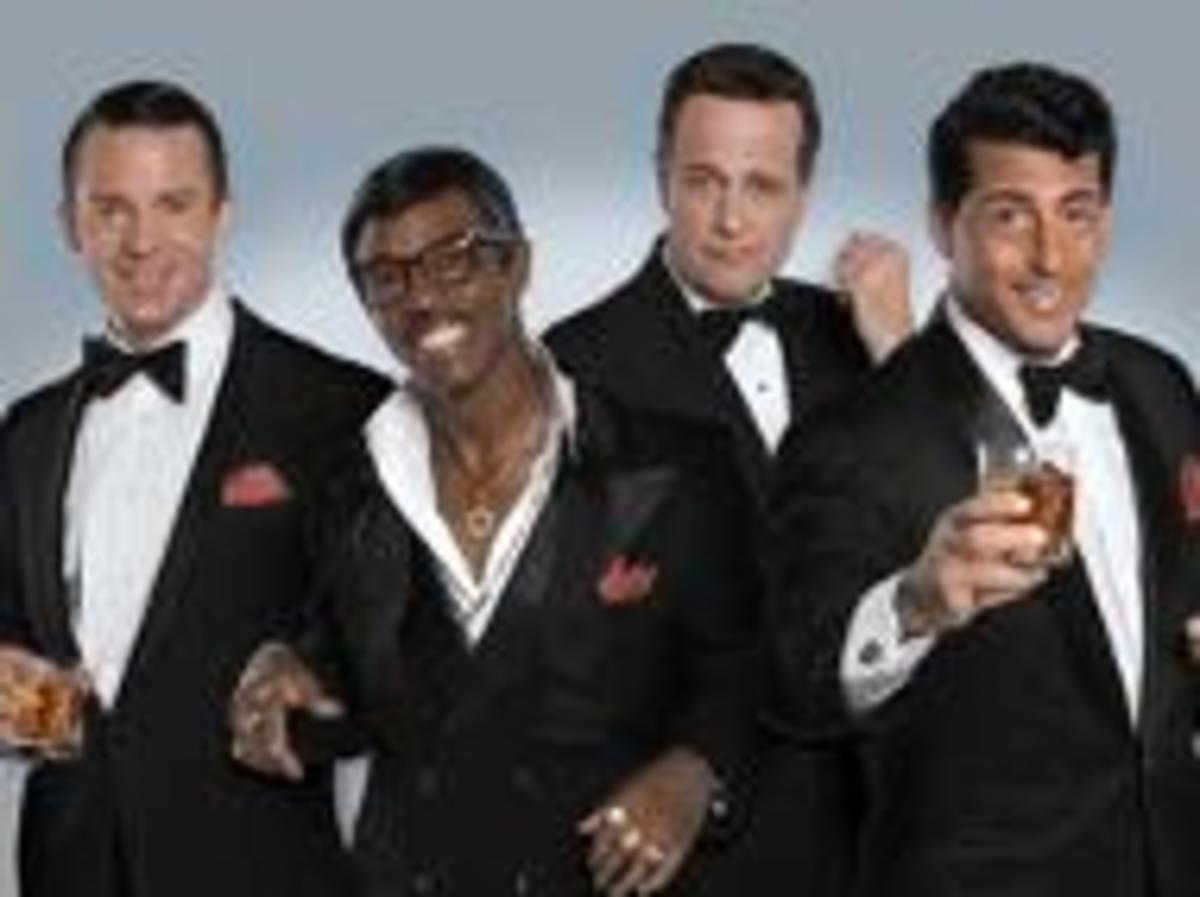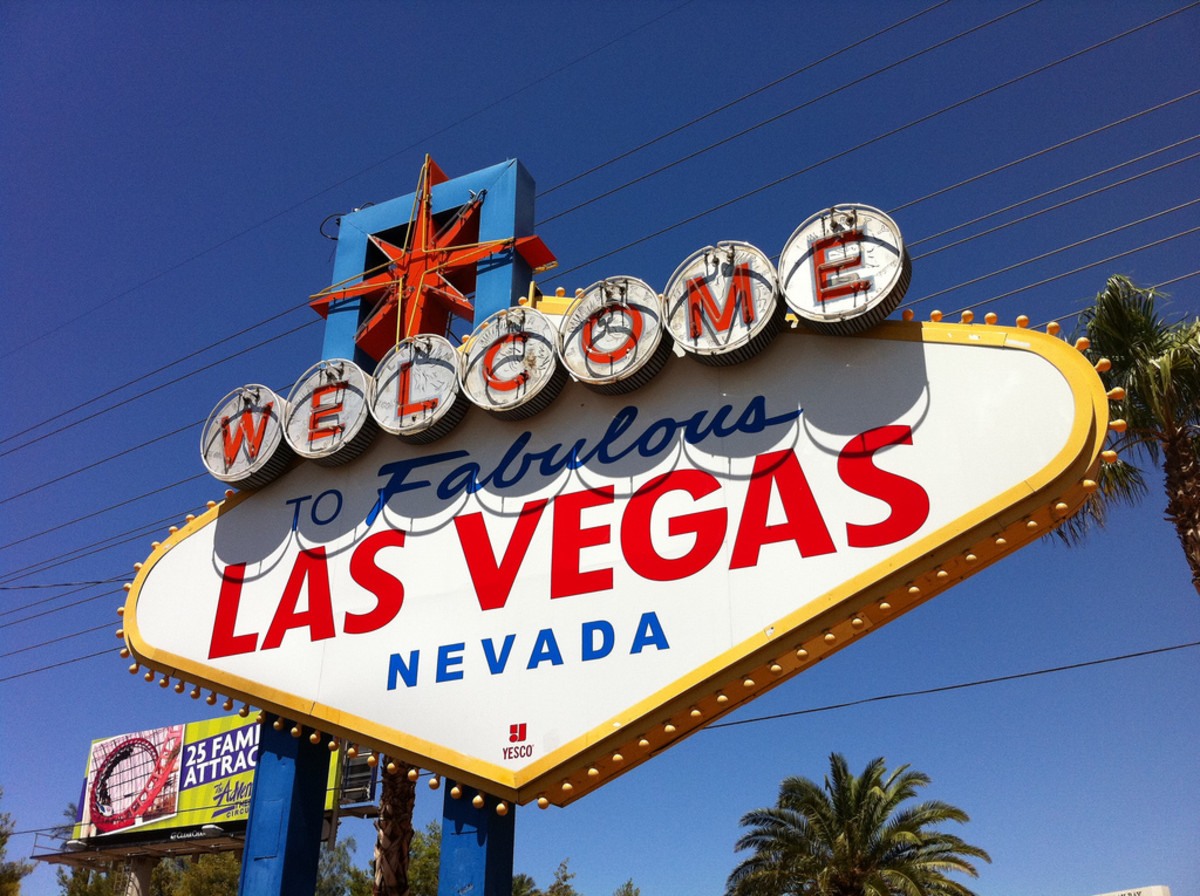- HubPages»
- Travel and Places»
- Visiting North America»
- United States»
- Nevada
How Las Vegas Began
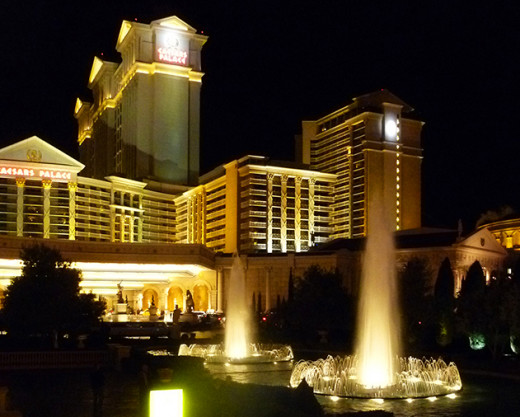
Competing for one of the more than 62,000 hotel rooms with any of the 40 million other visitors to Las Vegas each year, one might be hard pressed to think of the town as once being nothing more than a small verdant smudge on a broad desert valley floor. But that’s exactly what it seemed to Antonio Armijo in 1829.

The Spanish Mexican explorer was trying to establish a trade route between Los Angeles and distant New Mexico — both still possessions of the Mexican nation — when he encountered an area ringed by clusters of fledgling mountains, and having a few artesian wells that occasioned spring greening. His party therefore named the area ‘The Meadows’ (Las Vegas in Spanish).
Within the following fifteen years, Major General John Charles Fremont (he for whom Las Vegas’ Fremont Street is now named) brought a scouting party of the U.S. Army Corps of Engineers to the area. Fremont, known in his time as The Pathfinder due to his expeditionary skills, continued onward to become one of the first United States Senators of the newly-minted State of California.
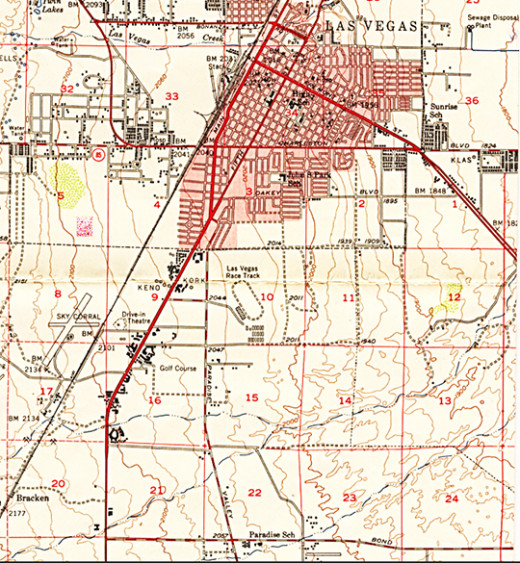
After America’s annexation of a vast southwestern swath of territories from Mexico in the late 1840s, Brigham Young sent 30 missionaries of The Church of Jesus Christ of Latter-Day Saints (the Mormon Church) southwesterly to convert the local populations of Paiute Native Americans. However, despite the construction of a fort in what is now the downtown area of Las Vegas, the Mormon presence in the city would end by 1857.
It wasn’t until nearly 50 years later, in 1905, when Las Vegas became a railroad town, anchored by the San Pedro, Los Angeles and Salt Lake Railroad. Within 6 years, much land throughout the region changed hands, a downtown church was erected, a new county government established, and Las Vegas became an incorporated city.
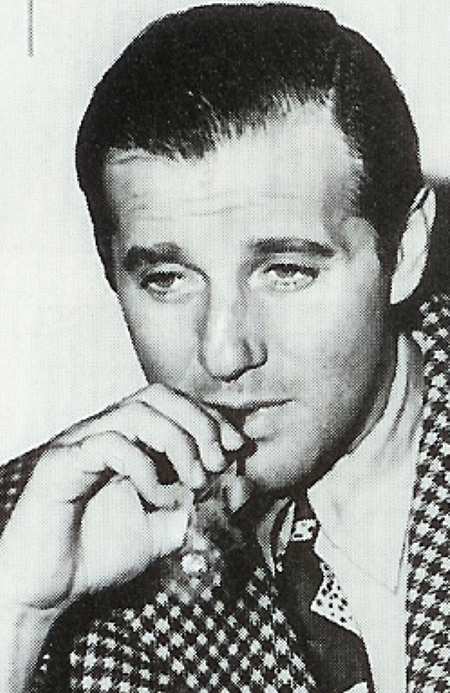
Las Vegas thrived as a popular railroad stopover, serving as a key link to the various mines throughout the surrounding countryside, and clustered about the town of Bullfrog. But it was the construction of the gargantuan Hoover Dam (previously called Boulder Dam) from 1931 through 1936 that truly supported Las Vegas’ growth. The influx of workers, supplies, wages, goods, and all the attendant services and entertainment fostered the region’s development.

So too did the establishment of Lake Mead atop the dam. The largest water reservoir in the United States, the Lake has up to 500 miles of shoreline, supporting recreational boating, fishing, swimming, sunbathing and water skiing.
An additional boost to Las Vegas arrived in the form of American gangster and murderer Benjamin ‘Bugsy’ Siegel in 1946. Initially quite reluctant to leave the glitz, glamour and gals of Hollywood for the dry desert dust of Las Vegas, Siegel was persuaded by Meyer Lansky to expand the mob’s influence into Nevada, and specifically into the planned Flamingo Hotel of William R. Wilkerson. Located along what is today’s world-famous Las Vegas Strip, the Flamingo — reportedly pet-named for Siegel’s gun-moll squeeze, a leggy dancer named Virginia Hill — became one of the first and finest of hotel-casinos. With the cooperative influences of legalized gambling, legalized prostitution, and laissez-faire local regulatory bodies, Las Vegas was bound for unprecedented growth and profitability.
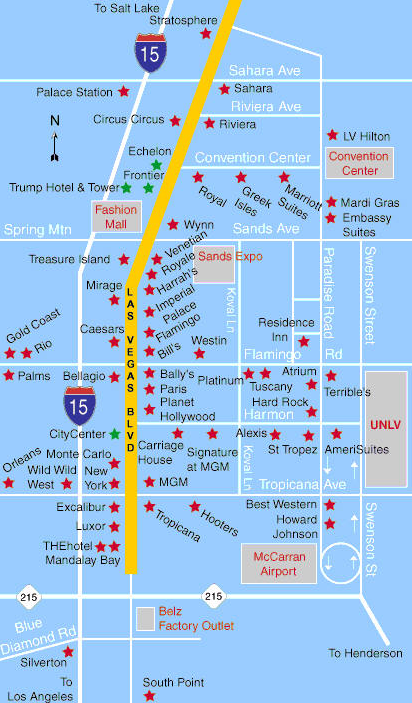
Today, Las Vegas handily supports more than three dozen major hotel-casinos, as well as untold thousands of dealers, pit bosses, bar-girls, waiters, security guards, maids, hospitality workers, janitors, cab drivers, performers and entertainers among the metropolitan area’s 2 million inhabitants.
- The Las Vegas Strip: Excess Realized
Plaza before The Venetian along Las Vegas Boulevard (the Strip) Hey, why have your picture taken before a fountain, when you can have it taken in front of a fountain, a replica of Venice’s Doges Palace, the campanile and column from St. Mark’s... - Enjoy the Bahamas Junkanoo Festival
Typical parade dancer. by rlz Junkanoo is to the Bahamian Islands what Mardi Gras is to New Orleans, and what Carnival is to Rio. A traditional cultural celebration dating back to the time of island slavery, it now culminates in tremendous costume... - Tickfaw, Louisiana
Location of Tickfaw, Luoisiana Nestled within the marshy swamps of the upper ‘toe’ of the State of Louisiana’s ‘boot’ lies the village of Tickfaw. Tickfaw, home to no more than about 600 people, is a village of only about 1.6 square miles... - The World's Romance Architecture
Romance: Dancing along with the Junkanoo To commemorate Valentine’s Day, here’s a sampling of some of the world’s most romantic architectural (and urban) settings: • Waterside dining along Venice’s Grand Canal as the gondoliers pole past.... - Old Cleveland Skyline Quiz
Old Aerial View of Cleveland Sure, the City of Cleveland, Ohio may be easy to identify by the prominence of the Terminal Tower near the center of this dated aerial image, or by the view of the Lake Erie breakwater in the distance. Perhaps you once... - The Terminal Tower: A Cleveland Landmark
The Terminal Tower's distinctive cap in the Cleveland skyline As Cleveland continues to struggle with its identity and future, one landmark remains unchanged. Since its completion 80 years ago, the grand matriarch of the skyline, enthroned at the...

